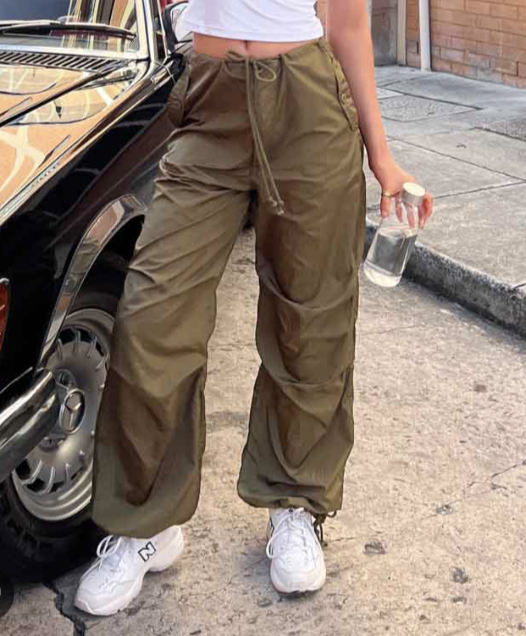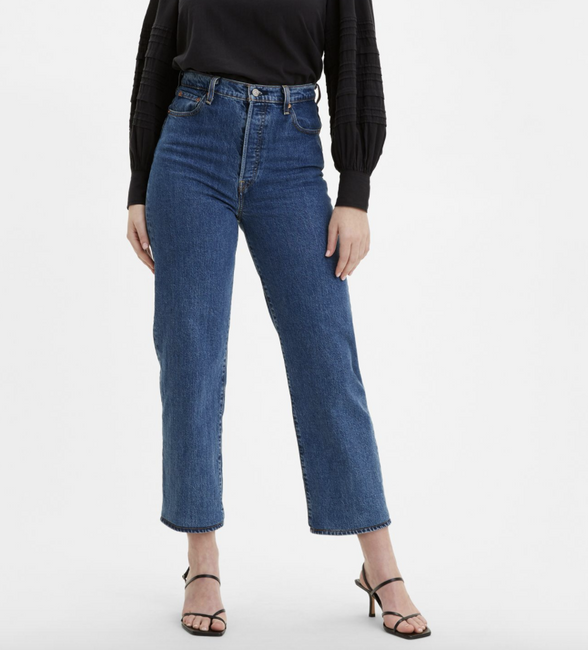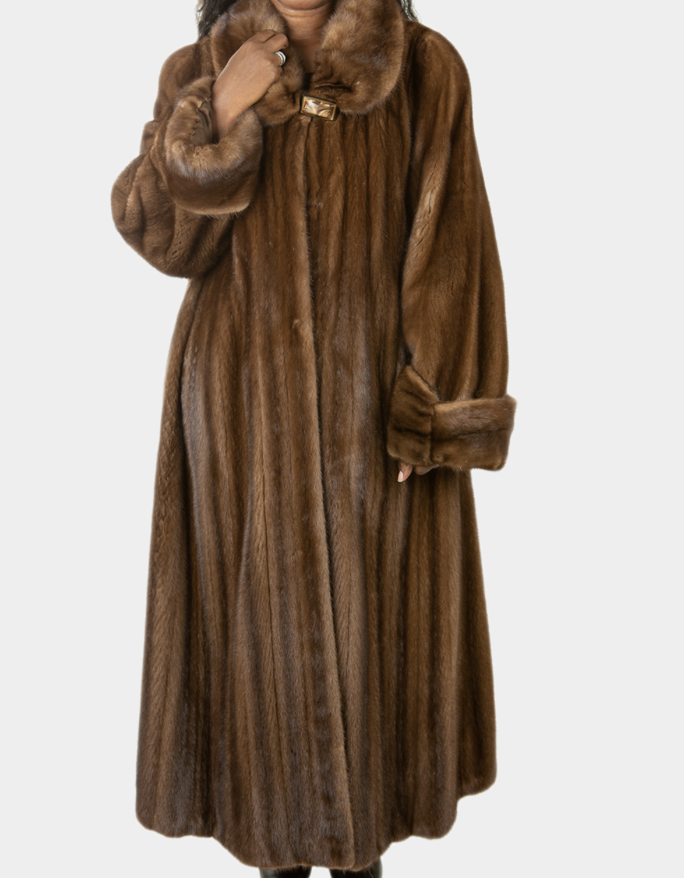Loving fashion & hating rampant consumerism: a balancing act
I am obsessed with sustainability. You know what else I’m obsessed with? Clothes.
How does one fashion forward babe find her ethical balance in a consumer-driven world? How are we supposed to keep up with trends while we upkeep the environment?
The answer is this: we don’t.
Illustration: Mark Long/The Guardian
Miriam Webster defines the word “trendy” as:
1
: very fashionable : UP-TO-DATE
he's a trendy dresser—Sunday Mirror
2
: marked by ephemeral, superficial, or faddish appeal or taste
trendy ideas about success
Look closely. A faddish appeal or taste. Faddish. For those of you who have not taken a fashion course, (or live under a rock), a fashion fad is an item or style that grows rapidly in popularity for a very short period of time. One of the largest fashion fads of 2024 is — yes, bite the bullet ladies – leopard print. The Charlotte Russe leopard print shorts came, and they went, and then all of the sudden, literally EVERYTHING was sold in leopard print. Leopard print baggy jeans. Leopard print shoes. (Yes, the Wales Bonner Sambas count. I’m sorry.) Leopard print claw clips. Leopard print jewelry.
You may be thinking: dude, why is this chick giving me a vocabulary lesson? And to that I say, be patient. I’m getting there.
In order to practice my balancing act, you must first understand trends themselves.
the 4 types of trends
short-term trends
Exhibit A: Parachute Pants
Trends that gain rapid popularity and die out quickly within a short period of time (similar to fads, only fads usually stir up more craze over an even shorter period of time)
long-term trends
Exhibit A: High-Waisted Jeans
Trends that slowly evolve and last a long time, but still have a definite & finite period of popularity.
Seasonal trends
Exhibit A: The fur coat
Trends that pop up time and time again through certain seasons/events
the staple
Exhibit A: The White Tee
Pieces that do not go out of style and remain relevant/popular through any and every season
Each type of trend and its characteristics are defined by how quickly an item/pattern/style moves through the trend cycle. The trend cycle is the speed at which a trend becomes popular, stays popular, declines in popularity, and then eventually, becomes obsolete.
A fad, my friends, goes through the trend cycle at warp speed.
Here is where the balancing act comes in. Or At least, my version of it.
Do not participate in short-term trends, or fads.
I know. It’s hard. In this day and age, TikTok influencers are running rampant with their power and using it to indirectly destroy the environment. (That’s for another blog post. Trust.) I’ll lay it out for ya.
Just today, I was watching a Christmas haul on TikTok. This girl was showing off her makeup brush cleaner. I immediately thought, hey, I need that!
Then I stopped myself.
Wait. i don’t need that.
I can wash my makeup brushes how I have always washed them. With Dove antibacterial bar soap and water.
Take a minute to think about all of the times you’ve bought something on an impulse because it was trendy or because an influencer made it look all shiny and sparkly. And then take another minute to think about where those pieces have gone. GoodWill? The trash? Given away?
Emilyg’s balancing act can be practiced through the following steps:
Step 1: Think before you buy.
You see something, and you want it. Give it an absolute minimum of 24 hours, and a maximum of a week. If you’re still thinking about it, move on to step two.
Step 2: Picture at least 3 outfits you can wear this item with, and ask yourself if you think you’ll still wear those baggy leopard print jeans when you’re thirty.
If you can’t, go back to step 1.
And if you decide to buy the item…
Step 3: If you’ve had the item for a standard amount of time and have not worn it/you’re considering getting rid of it, consider one of two options. If the item is of significant value, resell it through Depop, Vinted, etc. If the item is not of significant value, do not donate to a for-profit organization (GoodWill, St. Vincent DePaul, etc.). Instead, donate to a shelter in your area. This ensures that people in need can access clothing for free rather than having to purchase it.
so that’s that.
I know this balancing act is not easy, and I know it will take practice. But if I — a reformed rampant consumer and haul chaser, can do it — so can you.





